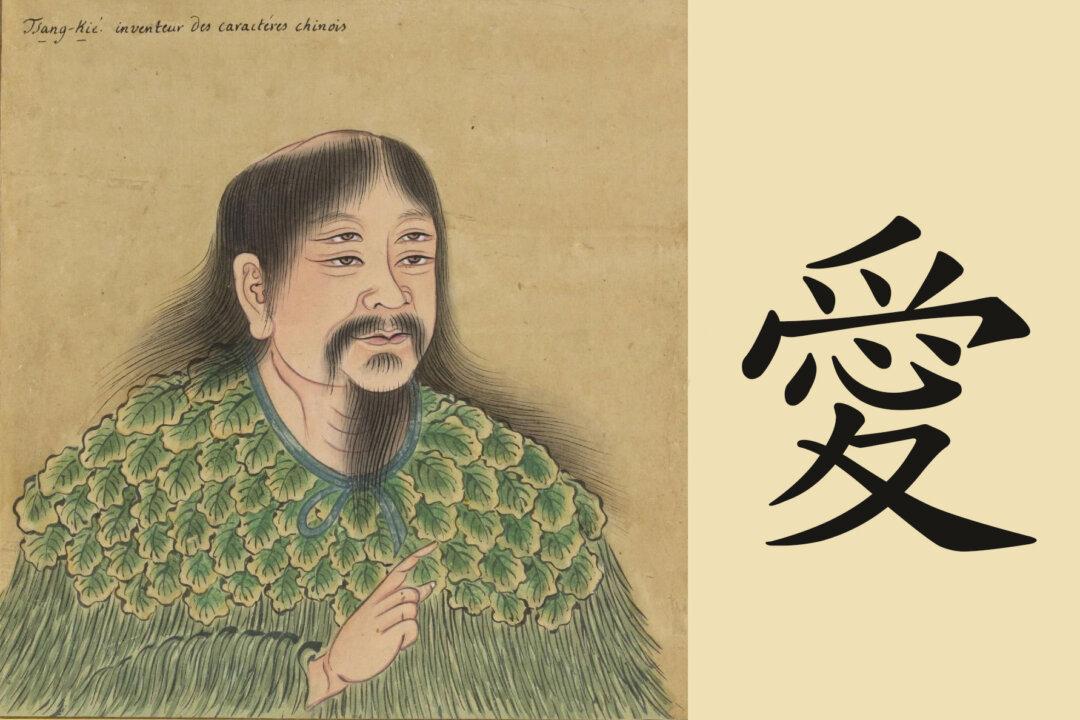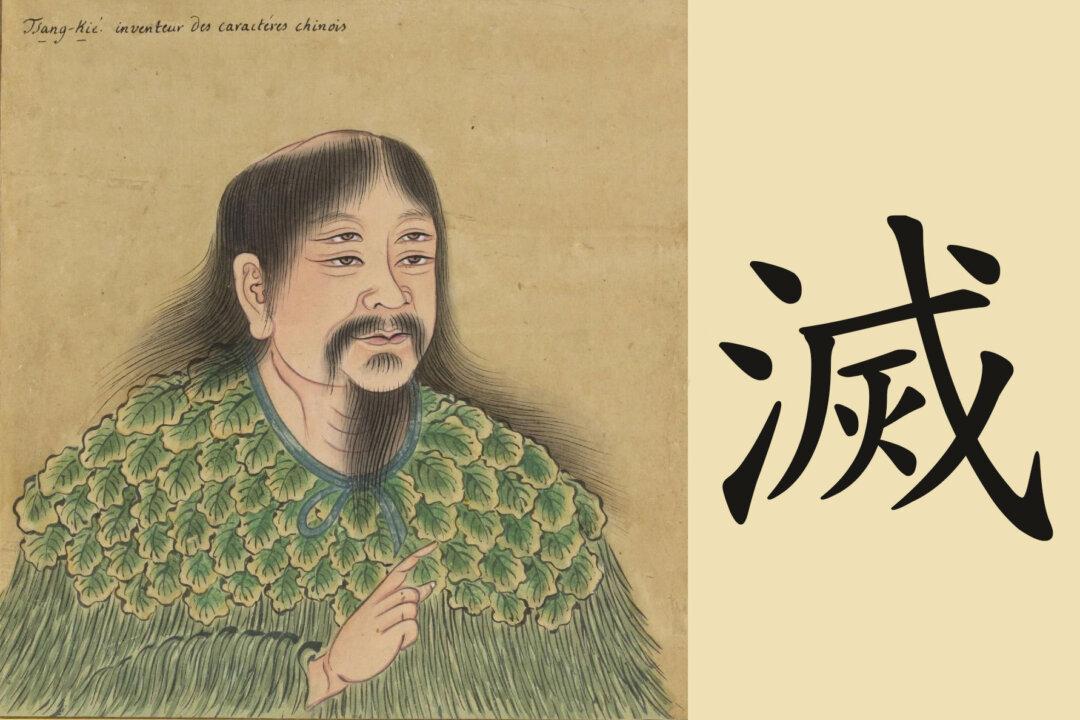New Tang Dynasty Television recently broadcast news about over 100 Taiwanese entrepreneurs living in Shanghai who went back to Taiwan to recruit young people to work at their companies.
When asked why they have to recruit from Taiwan while there are so many talented people in Shanghai, a manager at a human resource company explained with frustration: “It is because of the wolf nature of the youngsters in mainland China.”





